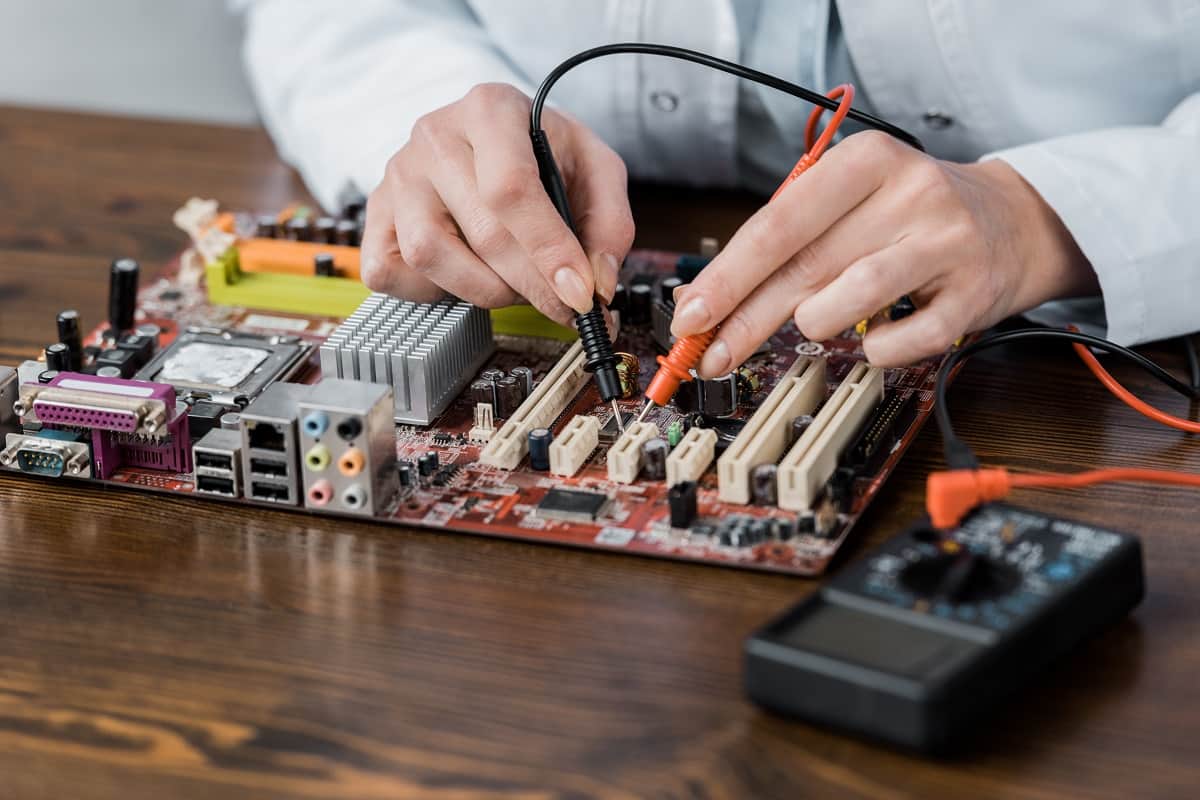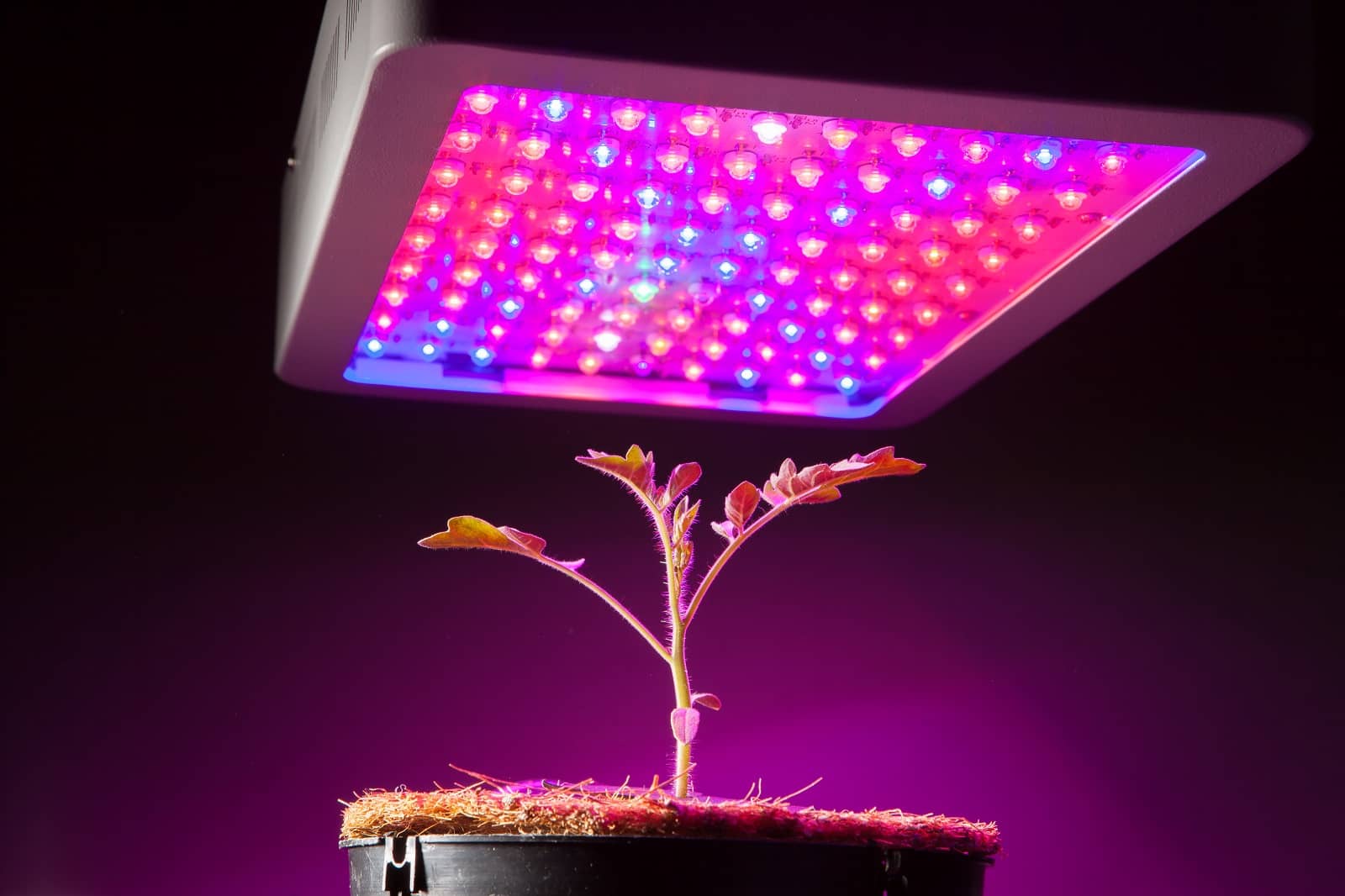Lately, you can often see ads of such a device as a household steam cleaner. It is said to have almost magical qualities – removing any dirt, killing all microbes. Let’s see what it really is and what this device is really capable of.
Originally, a steam cleaner was designed for cleaning premises that required almost sterile cleanliness, such as medical facilities. The jet of hot steam processed floors, walls and other surfaces. Later, it became obvious that this device can be very useful in the household as well. Steam cleaners of different power and configuration entered the market, designed not only for cleaning large areas, but also for cleaning plumbing, fabrics, carpeting and other surfaces.
How it works
The steam cleaner mechanism is quite simple and the same for all steam cleaner types and models. A small volume of water is warmed up with a tubular electric heater and hot steam under pressure goes out through a nozzle to a surface to be cleaned. This kills almost all microbes, breaks the plaque of fat, dirt, grime and other types of dirt.
Evaluation criteria
The main steam cleaner characteristics are its power consumption and water tank volume. In household steam cleaners, the water tank volume ranges from 0.5 to 2 liters. In industrial models, it can be 6 liters.
The steam cleaner power ranges from 500 to 2000 watts and its functionality depends largely on the number of nozzles supplied. The more nozzles, the more functions a steam cleaner can perform.
It is important to have a steam humidity regulator. Dry steam is recommended for fabrics, while wet steam is better for hard surfaces such as tiles or ceramics. In some steam cleaners, you can adjust the steam pressure and temperature. In household steamers, the pressure usually varies from 0 to 4 bar. In professional steamers, it may be up to 6bar. When choosing a steam cleaner, you should decide beforehand what purposes it will be used for. In some cases, the pressure of the 3-4bar may not be enough.
In general, steam cleaners can be grouped into handheld, compact, stationary ones and steam vacuum cleaners. The last two categories are more for professional use, such as hotels, campsites, etc. But steam vacuum cleaners can be also used in apartments as well.
Advantages
The main advantage of a steam cleaner is cleaning surfaces without detergents. It means that this device is not only environmentally friendly but also requires no consumables. Cleaning tiles or floors with a steam cleaner leaves no streaks.
A jet of hot steam kills not only microbes but also mites that live in large quantities in carpets and furniture upholstery. Along with removing dirt, a steam cleaner usually removes odor, if there is such, in the bathroom and in the toilet especially. It can be also used when cleaning car interiors. The steam output temperature is usually 98 °c, which is safe for most fabrics. In addition, as we already mentioned, the steam temperature can be adjusted in advanced models.
Drawbacks
Along with obvious advantages, a steam cleaner has its drawbacks. The first misconception is that a steam cleaner removes any dirt. In reality, a steam cleaner does not remove fat and dirt, it only changes their state. After processing with a steam cleaner, dirt still remains on the surface of the stone, tile, enameled surfaces, but as a hot suspension. And if this hot solution is not removed immediately (with a cloth, for example), it will simply dry up in a few minutes and remain on the treated surface, just as a more uniform layer. Therefore the dirt should be removed from the surface immediately.
The second drawback is that a steam cleaner is not a safety device. When used carelessly, hot steam may burn hands and cause serious injuries. Especially, if the steam goes under high pressure. The same can happen if the device is of poor quality and the steam goes out through gaps.
Another thing to remember is that even a small steam cleaner filled with water is quite heavy. It usually weighs more than 2 kg and using it often can be quite tiresome. Of course, there are more compact models, but they usually work no more than 10-15 minutes at one filling.
Some ads may say that a steam cleaner does no harm to laminate floorings. But take this with a share of criticism, because laminate is a hygroscopic material. It often swells even because of water, aside from the hot steam. A steam cleaner is not very effective in cleaning surfaces with oily soot, such as household ovens. You will have the result, but it won’t be the best.
Recommendations
- When choosing a steam cleaner, do not save on quality. If assembled poorly, this device can be quite dangerous.
- A steam cleaner should be filled with filtered water rather than tap water because tap water has many scales forming substances that can damage a steam generator.
- When cleaning upholstered furniture, a steam jet should be directed not strictly perpendicular to the upholstery, but at 45 degrees, otherwise, all the dirt will be “pushed” inside the couch or chair instead of being blown out.
- If you decided to wash windows with a steam cleaner, don’t do this in the cold season. Due to the difference in temperatures, the glass may crack.
- Options such as child protection and steam blocking are very useful for this device. They add safety to your steam cleaner.
- To reduce the heating time of your steam cleaner, you can fill a tank with warmed up water.
- Avoid hot steam getting on electronic devices and any devices somehow connected with electricity.
Jim Powell
Jim is our staff editor and writer. He has a degree in engineering. His hobbies are radio engineering and new technologies about which he has been writing for more than 7 years.



